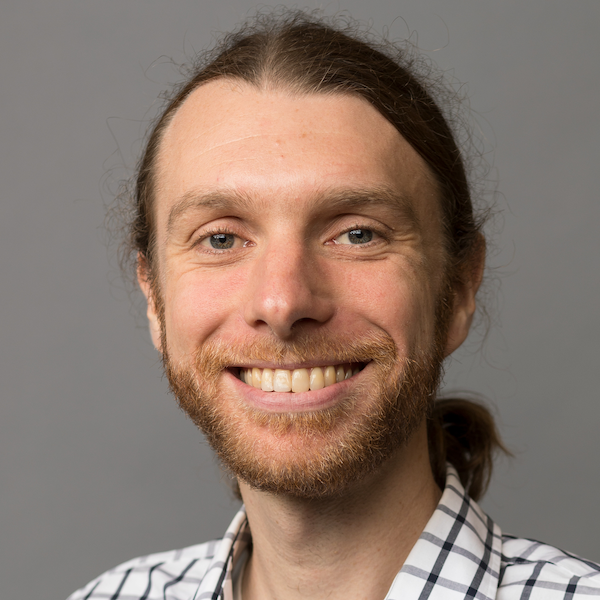A robust workflow to study protein correlated motion from ambient temperature crystallography and total scattering
ACA Annual Meeting: Session 2.1.4 Macromolecular Structure Under Physiological Conditions
Meisburger SP, Ando N.
Abstract
Protein “breathing motions”, or sub-angstrom collective displacements, are thought to play a critical role in functions including allostery, signaling, and catalysis. However, current techniques to study these motions are limited to spectroscopy and computational modeling. We have developed a high-resolution experimental approach based on total scattering (Bragg and diffuse) from protein crystals at ambient temperature (TS/RT-MX). We recently showed that the important lattice disorder contribution to diffuse scattering can separated computationally to reveal internal motion in the case of a model protein crystal system. We have now developed a more general workflow which we demonstrate using polymorphs of lysozyme. We introduce DISCOBALL, a tool for validating lattice disorder models against a model-free deconvolution of peaks in the 3D-ΔPDF. Using DISCOBALL, we show that elastic vibrations account for the lattice disorder in all polymorphs. In addition, we observe a residual signal from internal motion that is present in all polymorphs and reproducible between nominally identical crystals. Finally, prospects for fitting models of internal motion to the residual TS/RT-MX data are explored.
